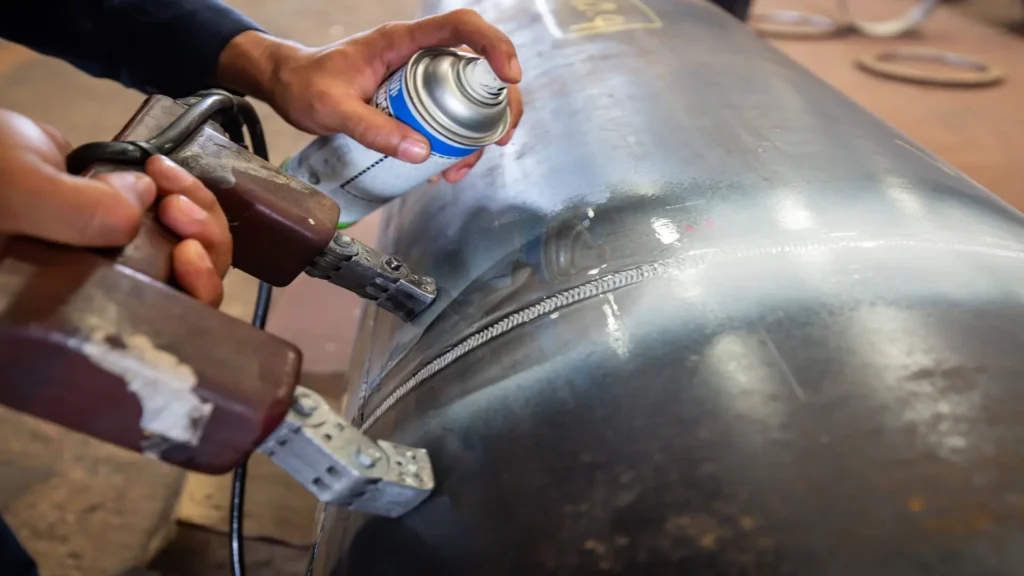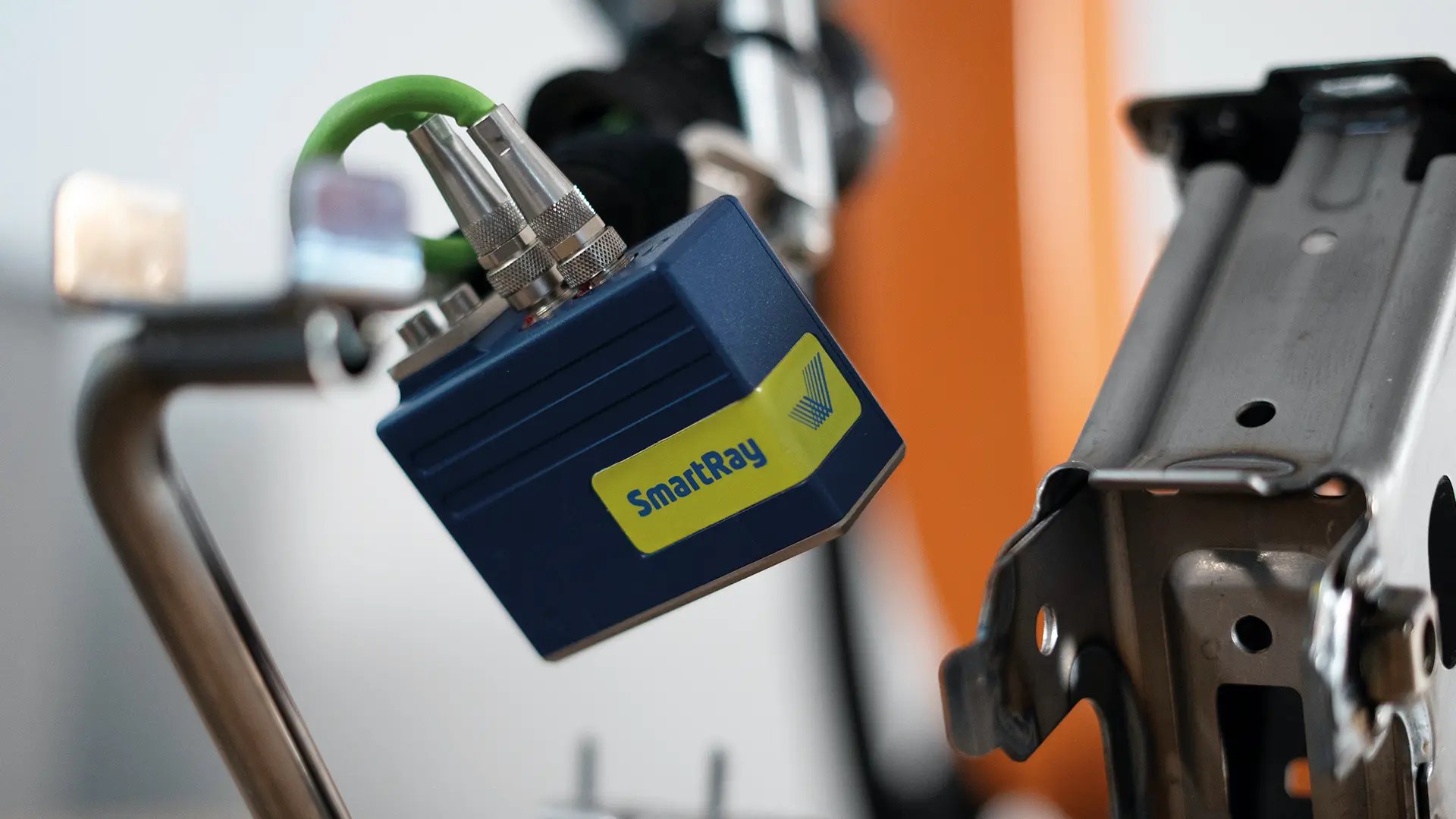Locating the Right Provider for Welding Inspection Madison: Trick Considerations
Locating the Right Provider for Welding Inspection Madison: Trick Considerations
Blog Article
Exploring Advanced Equipment and Techniques for Accurate Welding Examination
In the world of welding assessment, the pursuit of accuracy and dependability is paramount, stimulating the development of advanced tools and methods. Laser scanning developments and computerized inspection systems, furnished with man-made knowledge, are redefining the landscape by lowering human mistake and improving safety and security procedures.
Ultrasonic Checking Technologies
Ultrasonic screening developments frequently stand for the leading edge of improvements in welding examination modern technologies. These technologies have actually substantially improved the capacity to detect and review discontinuities within welded structures, making certain boosted honesty and safety and security.

Additionally, innovations in software program algorithms for data evaluation have improved the precision of defect detection and sizing. Automated ultrasonic testing systems now provide high-resolution imaging, allowing thorough evaluations of weld high quality. These systems are typically integrated with sophisticated visualization tools, which assist in the analysis of results.
Radiographic Evaluation Methods
While ultrasonic testing technologies have established a high requirement in non-destructive assessment, radiographic inspection techniques remain to play an essential role in welding evaluation by providing special insights into material integrity. Radiographic testing (RT) utilizes the use of X-rays or gamma rays to pass through materials, developing a radiograph that aesthetically represents the internal framework of a weld. This imaging capability is invaluable for discovering subsurface defects such as porosity, inclusions, and splits that may not show up with surface area assessments.
The process entails positioning a radiation source on one side of the weld and a detector on the opposite side. Variants in product density and density influence the depletion of the rays, producing a different photo that exactly delineates defects. RT is specifically advantageous for checking complex geometries and thick areas where various other techniques might fail.
Regardless of its effectiveness, radiographic examination must be performed with rigorous adherence to security methods because of the dangerous nature of ionizing radiation. Additionally, the interpretation of radiographs needs knowledgeable employees, as the quality of the analysis directly impacts the integrity of the examination. Recurring developments in electronic radiography are enhancing photo quality and interpretation effectiveness, reinforcing RT's important function in making sure weld top quality.
Laser Scanning Breakthroughs
Welcoming laser scanning technology in welding evaluation has actually transformed the evaluation of weld quality and stability. Unlike traditional examination methods, laser scanning offers rapid information purchase, considerably boosting the effectiveness and precision of weld analyses.
Laser scanning developments have brought about substantial improvements in defining and detecting surface problems such as porosity, absence of combination, and undercuts. The high-resolution data allows examiners to carry out thorough analyses, making sure that welds satisfy rigorous market requirements. This method supports the development of digital documents, promoting lasting quality assurance and traceability.
Furthermore, laser scanning technology integrates seamlessly with software program remedies made for automated issue discovery and assessment. The resultant information can be quickly shared and evaluated, promoting collective decision-making procedures. As sectors remain to require higher requirements for weld high quality, laser scanning stays at the forefront, offering unmatched accuracy and efficiency in welding examination.
Automated Inspection Systems

Automated assessment systems offer the advantage of consistency, eliminating human error and subjectivity from the assessment procedure. They are designed to operate in numerous settings, from manufacturing visit here floors to remote area sites, making certain thorough insurance coverage. Welding Inspection Madison. These systems can be set to stick to specific welding standards and criteria, offering comprehensive records and documentation for quality assurance objectives
Additionally, the combination of cloud-based platforms facilitates the storage and analysis of substantial quantities of evaluation information. This makes it possible for pattern evaluation and predictive upkeep, enabling manufacturers to address potential problems before they rise. The fostering of computerized inspection systems basics is a critical step in the direction of enhancing the integrity and effectiveness of welding processes in commercial applications.

Enhancing Safety and Efficiency
A significant facet of enhancing safety and effectiveness in welding examination depends on the integration of innovative innovations that enhance procedures and mitigate dangers. The adoption of sophisticated non-destructive screening (NDT) techniques, such as ultrasonic testing, phased selection ultrasonic screening (PAUT), and radiographic screening, plays an essential duty in making sure architectural honesty without endangering the safety and security of the personnel entailed. These strategies enable for comprehensive inspections with very little downtime, reducing possible risks related to typical approaches.
Additionally, the application of real-time information analytics and maker knowing formulas has actually transformed the means inspection data is interpreted. By utilizing predictive analytics, prospective problems can be recognized prior to they manifest into vital failings, ensuring timely interventions and maintenance. This aggressive strategy considerably improves functional efficiency and safety in welding procedures.
Additionally, remote evaluation modern technologies, consisting of drones and robot spiders equipped with high-resolution cams, enable assessors to analyze hard-to-reach areas without subjecting them to harmful conditions. This not just improves evaluation precision however likewise decreases human threat. By leveraging these advanced devices and approaches, industries can achieve greater safety criteria and operational effectiveness, inevitably bring redirected here about even more lasting and reputable welding evaluation techniques.
Conclusion
The assimilation of innovative devices and approaches in welding inspection significantly boosts defect discovery and makes certain structural honesty. These advancements not just increase evaluation performance yet additionally contribute to improved safety and security and high quality guarantee in industrial welding applications.

Ultrasonic testing developments frequently stand for the forefront of advancements in welding evaluation modern technologies.While ultrasonic screening advancements have established a high standard in non-destructive exam, radiographic examination techniques proceed to play an important function in welding evaluation by offering special understandings right into product honesty.Embracing laser scanning innovation in welding assessment has actually reinvented the evaluation of weld high quality and integrity. As industries proceed to demand higher criteria for weld high quality, laser scanning continues to be at the forefront, using unmatched precision and performance in welding examination.
Automated assessment systems use the advantage of consistency, removing human mistake and subjectivity from the assessment procedure.
Report this page